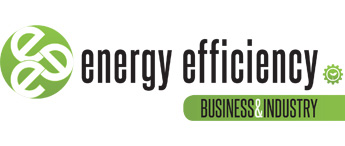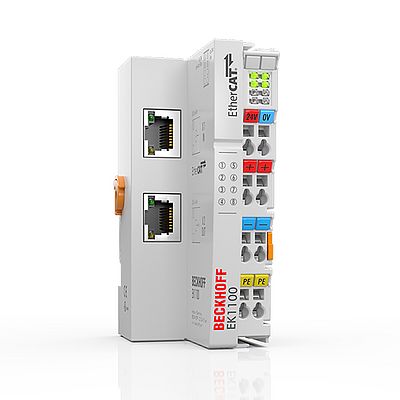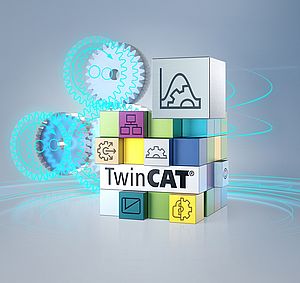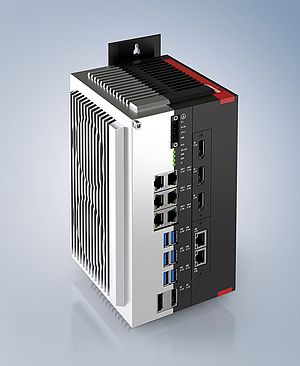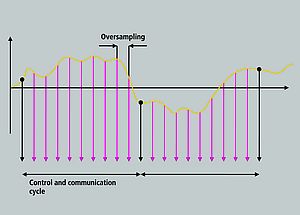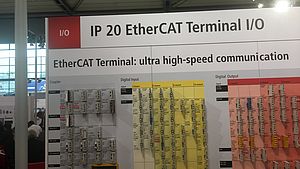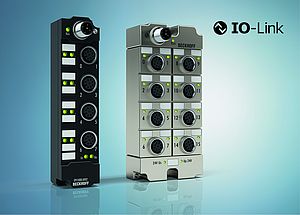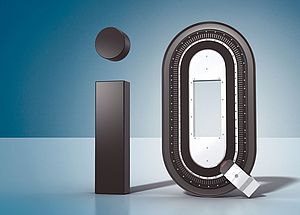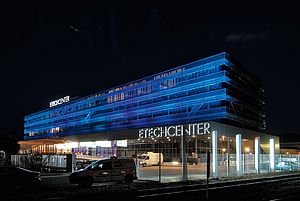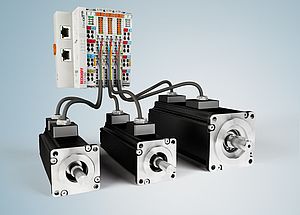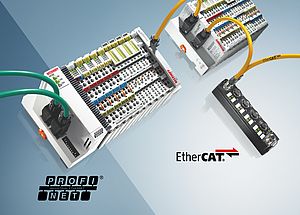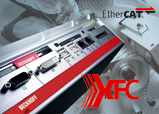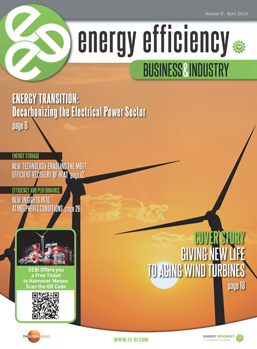Energy is a hot topic right now, with climate scientists warning that targets for greener policies need to be met sooner rather than later, with transition from traditional coal and fossil fuels to renewable sources of energy as an example of answer. However, Beth Ragdale, product manager at automation specialist Beckhoff UK, explains that effective automation and control systems are vital for managing a renewable energy network.
While renewable sources of energy allow us to power things in a way that doesn’t negatively impact the planet’s resources, it is notoriously unpredictable compared to its traditional energy counterparts. Traditional energy sources are reliable in their energy production, while renewable energy sources often fluctuate. For example, it is never consistently windy or sunny day-to-day.
By storing energy that is generated during times of low demand, it can be used when there is not as much supply
This fluctuation means that different amounts of energy will be produced at different times, in ways that are difficult to predict. Fluctuations also do not typically match up with the peaks of energy usage demand from consumers either. This presents a significant problem for engineers and operators, who need to ensure that the grid is not overloaded, and that consumers have access to the energy they need, when they need it.
The problem can be solved with good energy storage. By storing energy that is generated during times of low demand, it can be used when there is not as much supply. Even this comes with its own challenges, however.
One system that has been suggested for effective energy storage is hydrogen. Since it can be produced from water through electrolysis using renewable power, has a high energy density and can be stored and transformed back into electricity, it has been touted as a potential means for greening the energy grid.
However, hydrogen as a carbon-neutral alternative to traditional energy supplies is not straightforward. Hydrogen is a highly explosive gas, meaning that storage can be difficult. Any equipment that can be used in or near it needs to be designed to work in that environment and also be able to ensure the safety of people in the area.
PC-based control and high data speeds will help energy companies to make the switch
This is where PC-based technology comes in. Beckhoff’s PC-based control technology meets safety requirements for operation in potentially explosive situations. Automation, explosion protection and safety are all integrated into one system, which allows signals to be processed from both explosion and non-explosion zones. PC-based control provides all functions such as motion control, measuring technology, HMI, safety and cloud connectivity on an integrated hardware and software platform. It meets all criteria for creating networked production and the secure implementation of big data scenarios.
As well as the changes in energy generation, energy demand changes rapidly too. It’s therefore important for energy suppliers to be able to meet the demand quickly to prevent possible outages. High data speeds are essential in this capacity. Engineers should look to terminals such as Beckhoff UK’s EtherCAT terminals, which leverage the high data speeds of the EtherCAT protocol to keep up with rapid changes in both energy supply and consumer demand.
Effective energy storage will be essential in the renewable energy transition, and with PC-based control and high data speeds it will be easier for energy companies to make the switch. As we go forward to hit international climate targets, energy storage will play a key role in meeting them.
Beth Ragdale, product manager at Beckhoff UK
